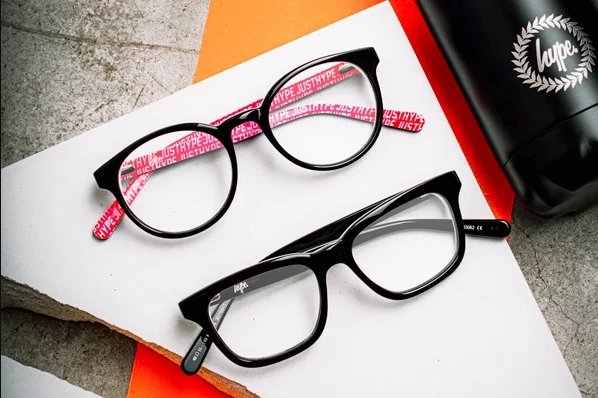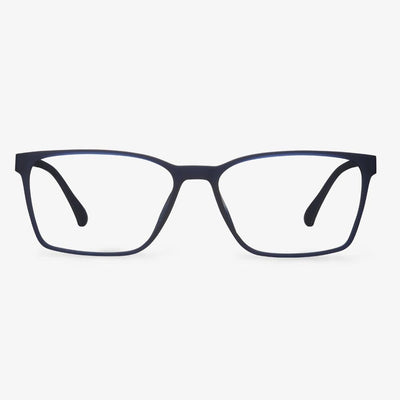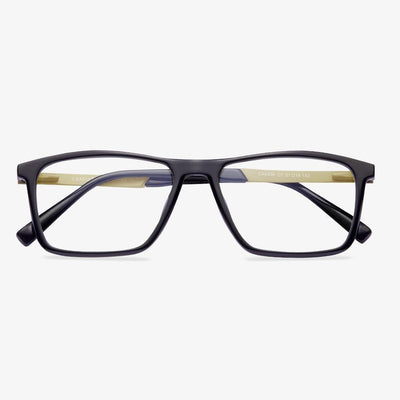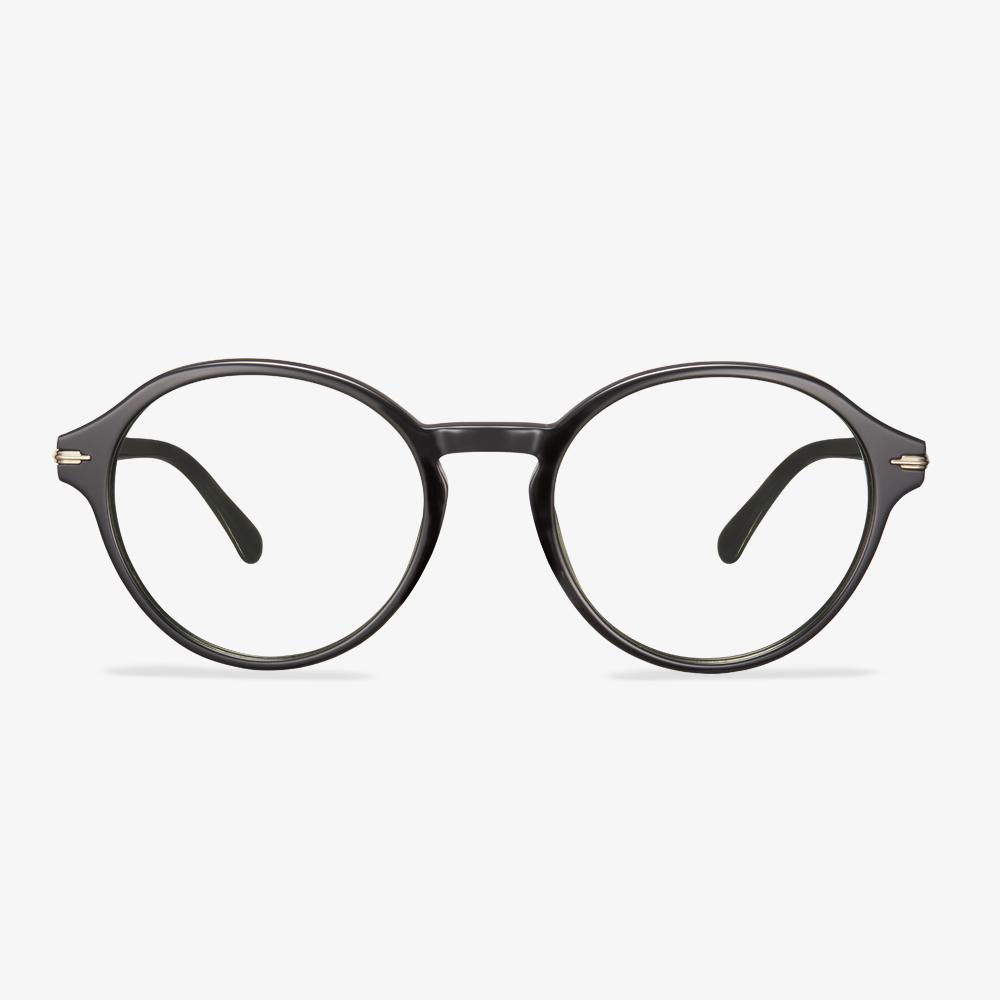How to Get Used to Progressive Lenses?
In this section, we will show you how to get used to progressive lenses.
- Always wear them. If you try and ease your way in by changing them with your previous glasses, it will take a longer time to adjust.
- You need to find and use new areas in your lenses instead of using whatever space is most convenient.
- Make sure you have a comfortable frame that is adjusted for your face.
- Make sure that the optician fits the lens in the right way with the right equipment.
So, if you have difficulty getting used to the progressive lenses, try the above ways.
Can you get prescription glasses for night driving?
It is recommended to choose prescription night driving glasses with an anti-reflective coating.When you're driving at night, you'll encounter several bright light sources, including the car's headlights, taillights, and street lights. These light sources can be a distraction for any driver, but especially for those with eye problems. The light reflected from these light sources can cause these drivers to temporarily lose sight of the road, which can lead to many unfortunate situations. As a result, the anti-reflective coating protects your eyes from nighttime brightness and daytime UV damage. The coating on the glass prevents the reflection of these light sources, allowing you to better focus on what's happening in front of your car. Meanwhile, prescription glasses with an anti-reflective coating can reduce glare and improve vision. Whatever prescription glasses you choose for night driving, make sure they have an anti-reflective coating.
Dark-rimmed glasses with wider frames
When choosing dark frames for round faces, one should pay attention to the width of the frames. If dark frames give people a feeling of narrowing, then the frames will appear smaller. Small frames make your face look bigger and rounder, so choose frames that are wide. If you can't wear a wide frame because the lenses are too strong, skip black and opt for something lighter.
Progressive lenses and single vision lenses
Single vision lenses are the most commonly used prescription lenses. This lens type has a single field of view or a prescription ability of the entire lens and can be used to correct myopia (nearsightedness) or hyperopia (supervision).
Progressive multifocal lenses are lenses with different upper and lower powers for the upper part to see far, and the lower part to see near. The distance from the fixed power above the lens to the fixed power below the lens does not change suddenly, but there is a gradual transition between the two through the gradual change in refractive power.
What Is Anti Reflective Coating?
Anti reflective coating, also known as AR, anti-glare, no-glare, or glare-free coating, can provide benefits to your vision. Anti reflective coating is added to lenses to reduce glare caused by light hitting the back of the lenses to improve your vision and make your eyeglasses more visually attractive.
Anti reflective coating will eliminate all reflections from the front and back surfaces of your lenses. Hence, more light is able to pass through your lenses which improves your vision. At the same time, fewer distractions are visible and the lenses are hardly noticeable, especially in the dark. So, is anti glare worth it? Most people agree that.
Recycling glasses is one of the projects.
Eyewear recycling is one of the Lions Club's most high-profile and well-known programs. Lions Club has been collecting eyeglasses for over 80 years and Vision Recycling has been the official program of Lions Clubs International since 1994. Refractive errors can be easily corrected by wearing glasses, but millions of people in developing countries still do not have this basic eye care. Lions' collection of glasses enabled many people in these countries to see clearly for the first time. Lions also collect used hearing AIDS!
Bifocal Lens
Bifocal lenses have two observation areas separated by visible lines, a larger observation distance area, and a smaller reading area. It may take some time for people who are wearing bifocal glasses for the first time to get used to the lenses. This is mainly due to learning how to move the eyes between the observation distance area and the reading area. Some people will also find that there will be an 'image jump' phenomenon at the visible line between the distance and the reading area, especially for those with limited mobility, who must look down when walking. The best way to get used to bifocals is to wear them as much as possible.










































